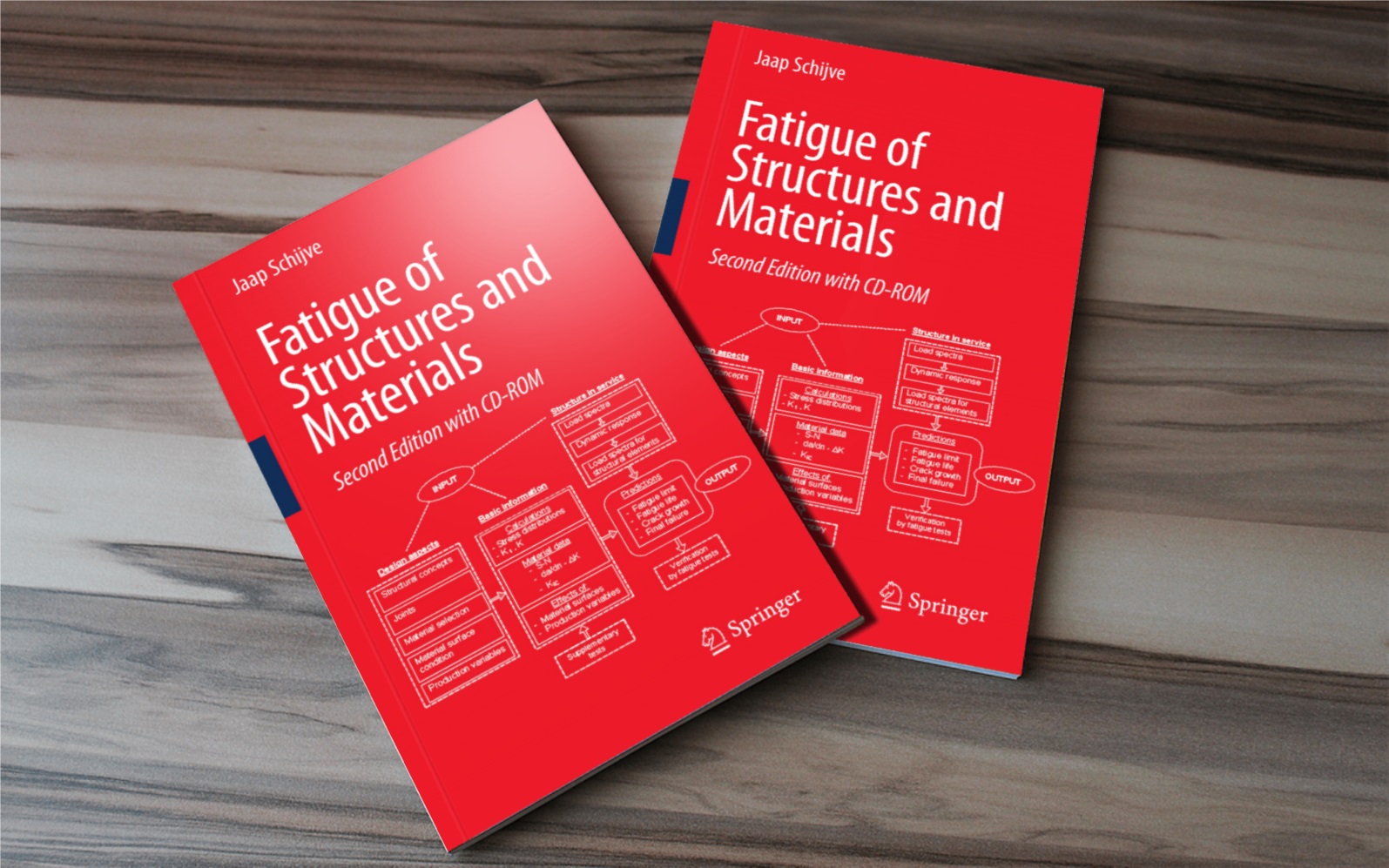Fatigue of Structures and Materials
Fatigue of Structures and Materials
KShs2,000.00
-
About the Author
The Author has been working for 20 years in the Structures and Materials Laboratory of the National Aerospace Laboratory NLR, Amsterdam, and for another 20 years in the Structures and Materials Laboratory of the Faculty of Aerospace Engineering of the Delft University of Technology. His experience covers a large variety of fatigue projects varying from fundamental investigations to practical problems such as fatigue of joints, service-simulation testing of full-scale structures and accidents investigations. This is reflected in the present book. The Author is well-known for a large number of publications, among others the `Four lectures on fatigue crack growth’ in Engineering Fracture Mechanics. The present book covers lectures of a much wider and integrated scope.
-
About this Book
This book is primarily a textbook written for people working on fatigue problems of engineering structures and materials associated with design, predictions, load spectra and experimental verifications. Many different fields of interest are involved, as the block diagram on the front cover indicates. It is of great importance that all these aspects are well recognized and understood. The author explains the various topics in a number of chapters. Understanding of the fatigue phenomena covering both crack initiation and crack growth is emphasized in view of possible influences of design variables, material selection, production technology and load spectra on the fatigue performance of a structure. Prediction methods for fatigue lives and fatigue crack growth are discussed as well as verification by experiments. Load spectra analysis and statistical aspects are also addressed.
The first edition of this book was well received and has been used extensively in various courses taught to staff members and students of universities and other technical colleges as well as in industries and at research institutes. Therefore it was considered time for a second edition. In general, the format of the first edition of the book has been maintained, but the whole text has been carefully revised.





